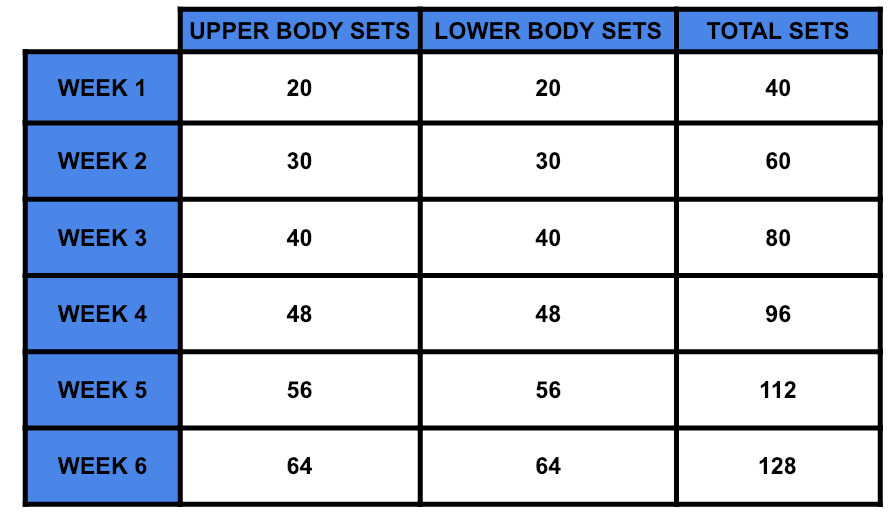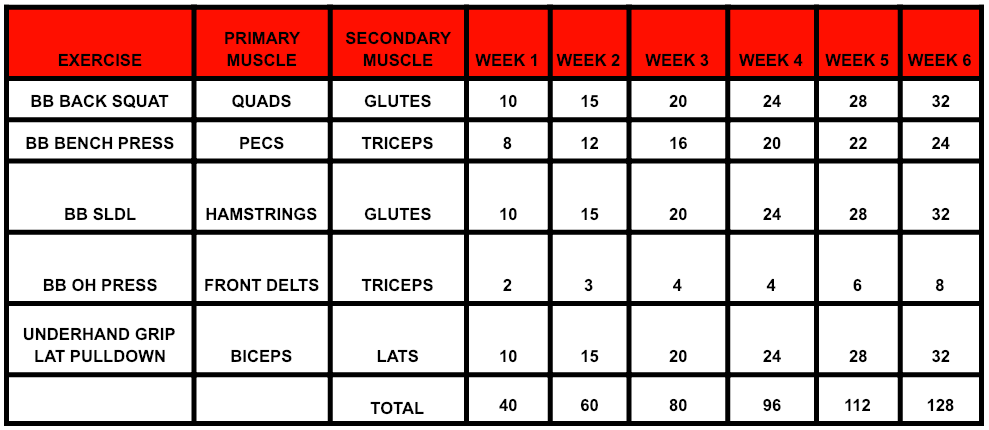Implications
a.) If you go very high RIR to begin with and don’t increase bar weight, you can recover from lots of sets, more than most expected. At least one potential insight we can glean from this is that when people claim success with exceedingly high-volume programs, we should be very interested in their per-set RIR before drawing any tentative conclusions based on their experience. A 40-set program of compound lifts with 5 RIR averages can be survivable, whereas the same program with 0 RIR might be highly prohibitive.
b.) Because both high RIR and stable bar weight are likely not the best ideas for consistent real-world training, lower RIR and increasing bar weights are likely to cause more fatigue on a per-set basis, meaning that the total number of sets you can tolerate is probably lower than the set volume used in this study.
c.) Subjects were probably near or beyond their MRVs by the time they were doing 30 sets per muscle group per week at the end of this program. Since higher loads and lower RIRs will likely cause more fatigue per set, it’s unlikely that most people’s MRVs will be greater than 30 sets per muscle group per week in most practical settings. This gives us some insight as to the limits of volume progression in practice.
However, it stands to reason that stable bar weights in the context of overloading other training parameters (e.g. frequency, rest intervals, reps per set, total sets, etc.) might be a good option in some contexts, considering that hypertrophy was observed using the volume progression in this study. Stated differently, load progression for hypertrophy isn’t the ONLY way to productively overload training for hypertrophy, and it wasn’t necessary in this study to elicit a hypertrophic effect for some subjects. Future research can help clarify specific effects of load progression, frequency progression, or other progression styles to better understand adaptive responses.


